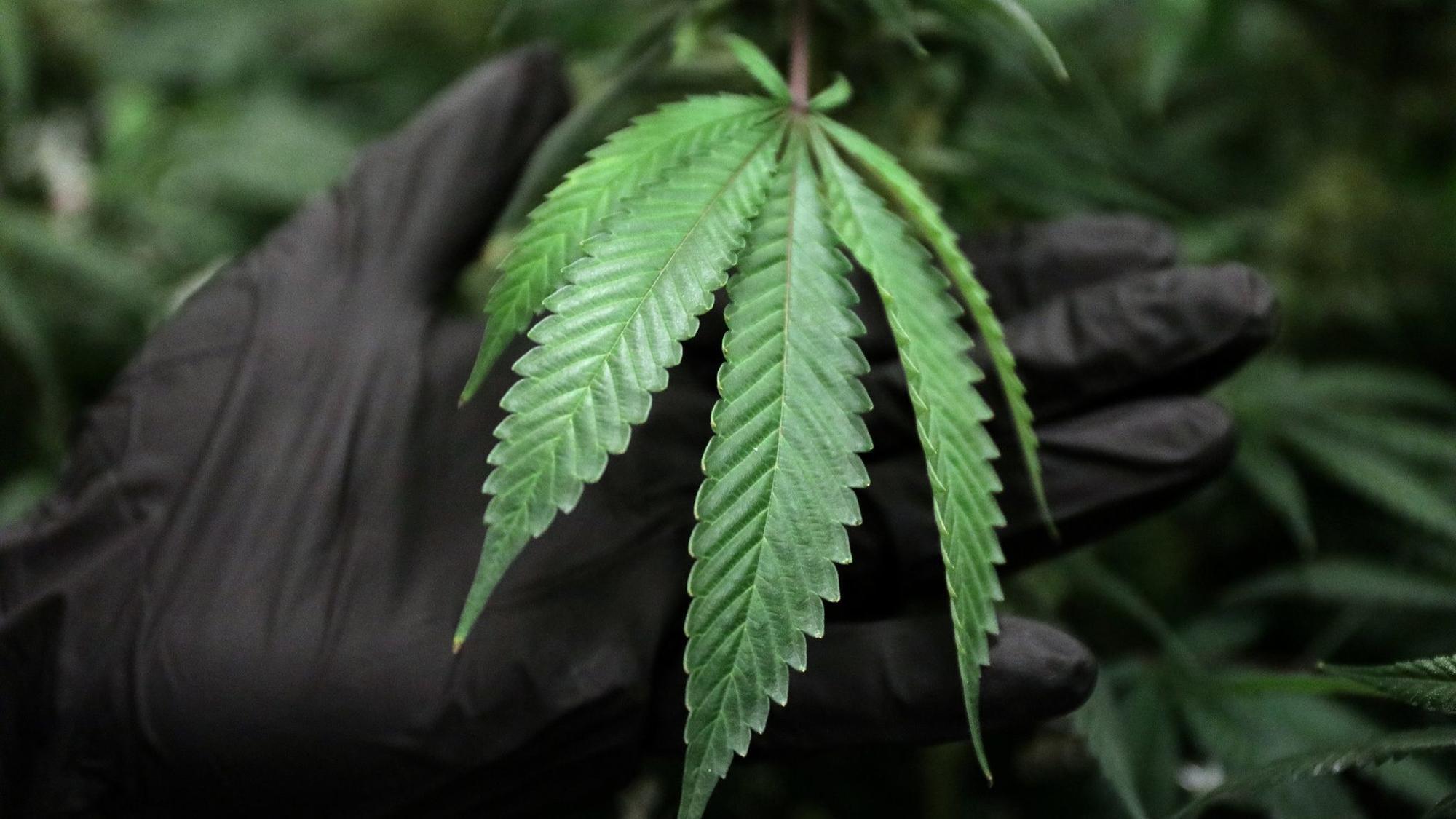Autism spectrum disorders, which can be diagnosed in children as young as 18 months, can affect people in a host of ways: sensitivity to noise, gastrointestinal disorders, seizures, sleep disorders, anxiety, depression, and attention issues. In the U.S., about one in 59 children are affected by some form of autism, according to the Centers for Disease Control.
In a new study published in the January 2019 issue of Molecular Autism, a group of Israeli-based researchers found that some levels of endocannabinoids among children with ASD were lower than those without.
Why does this matter?
An impaired endocannabinoid system has been associated with the development of epilepsy, and cannabidiol (CBD) is being used in clinical trials to treat ongoing epilepsy, according to the study. A CBD-derived medicine is now permitted by the U.S. Food and Drug Administration to treat severe forms of epilepsy, such as Lennox-Gastaut syndrome and Dravet syndrome.
These findings are significant in the autism community because 10 to 30 percent of people with ASD also have comorbid epilepsy. The findings also suggest that CBD may help correct an impaired endocannabinoid system in those with autism spectrum disorders.
Who conducted the study?
The study was done by authors associated with three Israeli-based institutions: the Neuropediatric Unit at Shaare Zedek Medical Center, The Hebrew University of Jerusalem, and the Department of Nutritional Sciences at Tel Hai Academic College.
What were their methods?
The study involved 186 children and young adults with ASD ranging from 5 1/2 to 21 years old. About 93 were recruited for an ongoing randomized clinical trial that looked at how safe, tolerable, and effective two cannabidiol compounds were in those with ASD and behavioral problems. The legal guardians of the study’s 93 participants consented to have their children’s serum endocannabinoids evaluated at baseline levels. The remaining half of the participants, the control group, was found through local advertisements. Researchers assessed behavior to confirm ASD diagnosis. They also collected blood from the participants and separated and measured their serum endocannabinoids to study.
Were there any limitations?
The differing ages of the children and the adaptive levels of those with ASD (i.e. the degree of one’s ability and willingness to interact and adjust to a situation) were wide-ranging and could not be controlled.
Another limitation is that most ASD participants take medication to control the effects of one or more ASD-related conditions, and some medications could affect the outcomes. The study also didn’t evaluate genetic and other biomarkers.
What were the conclusions?
The 93 participants with ASD showed lower levels of endocannabinoids N-arachidonoylethanolamine (AEA), and some of its related compounds N-oleoylethanolamine (OEA), and N-palmitoylethanolamine (PEA). This appears to be the case across age, gender, and body mass index levels.
What are the possible implications?
This study offers proof that serum levels of certain endocannabinoids are significantly lower in people with ASD and supports the rationale in using CBD in ASD in clinical trials.
AEA and 2-arachidonoylglycerol (2-AG) are the most looked at molecules of CB1 and CB2 receptors. The study found lowered serum concentrations of AEA and its structurally related compounds OEA and PEA. There were no major differences in serum 2-AG and its breakdown molecule, arachidonic acid.
While they are widely distributed in the central nervous system, OEA’s and PEA’s classifications as endocannabinoids are up for debate, the study’s authors noted, since they lack affinity for the CB1R and CB2R molecules. CBD may also activate PPARs (nuclear receptor proteins) and the receptor channel TRPV1, inhibit the enzyme FAAH and may raise the levels of endocannabinoids AEA, OEA, and PEA
More studies are needed to find out whether circulating endocannabinoid levels can be used to identify those within the autism spectrum and whether they show lower endocannabinoid levels in the brain, similar to previous models with ASD animals.
Karen Robes-Meeks
Karen Robes Meeks is an award-winning business writer who has spent 20 years chasing stories all over Southern California. These days, she spends more of her time chasing her young daughter around town, which makes for surprisingly good cardio. Her stories have appeared in the Los Angeles Times, the San Francisco Chronicle, the Orange County Register and the Press-Telegram, where she was the trade and transportation reporter covering the nation’s two busiest seaports.











